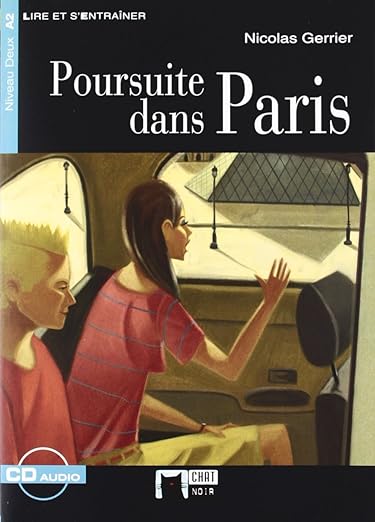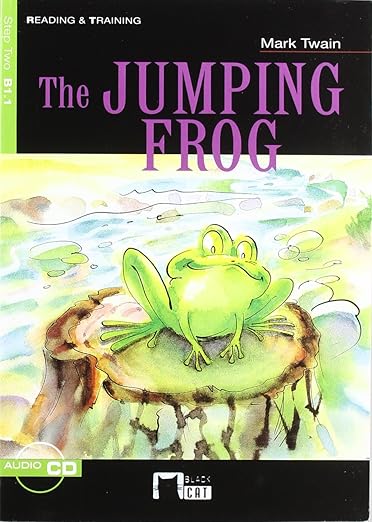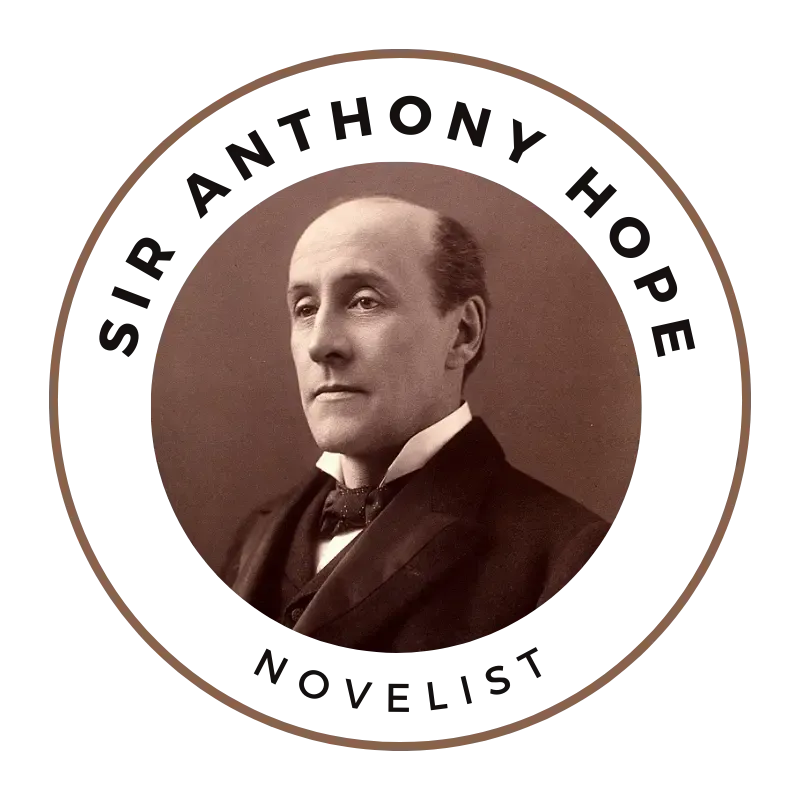The Prisoner of Zenda
Rudolf Rassendyll comes from a very old English family that has had a romantic connection with the royal family of Ruritania. He decides to visit Ruritania and is rapidly caught up in the political events there. When he agrees to take the place of the Ruritanian King in order to defeat a plot against the throne, he falls in love with the beautiful Princess Flavia, the King's fiancée...
A Timeless Adventure Brought to Life
Review:
"The Prisoner of Zenda," skillfully adapted by James Butler and illustrated by Ivan Canu, is a captivating literary journey that immerses readers into a world of political intrigue, romance, and dashing heroism. Anthony Hope's classic tale comes alive with the added visual charm provided by Canu's illustrations, enhancing the reader's experience.
Plot Summary: The narrative unfolds in the fictional kingdom of Ruritania, where Rudolf Rassendyll, a member of an esteemed English family, embarks on a seemingly ordinary visit. However, his life takes an unexpected turn as he becomes entangled in the political machinations of the kingdom. The plot thickens when Rudolf assumes the role of the Ruritanian King to thwart a conspiracy against the throne, leading to a riveting adventure where love, loyalty, and courage are put to the test.
Illustrations by Ivan Canu: Ivan Canu's illustrations are a visual treat that complements the essence of the story. The detailed and evocative drawings breathe life into the characters and settings, allowing readers to vividly imagine the world of Ruritania. Canu's artistic interpretation enhances the storytelling, making the book not only a literary delight but also a visual spectacle.
Contributions by Kenneth Brodey: Kenneth Brodey's contributions to the adaptation should not go unnoticed. The adaptation by James Butler, enriched by Brodey's insights, seamlessly captures the spirit of Anthony Hope's original work while ensuring accessibility for readers at the B1 level. The adaptation strikes a balance, maintaining the integrity of the story while catering to the linguistic needs of its target audience.
Timeless Themes: "The Prisoner of Zenda" explores timeless themes such as love, honor, and sacrifice against a backdrop of political intrigue. The characters are well-developed, each contributing to the richness of the narrative. Rudolf's journey from a casual visitor to a heroic figure is both engaging and inspiring.
Educational Value: Beyond its narrative allure, this adaptation holds educational value. It introduces readers to classic literature at a manageable language level, fostering a love for timeless tales. The inclusion of illustrations aids in comprehension, making it an excellent resource for those seeking to improve their English language skills.
Conclusion: "The Prisoner of Zenda" in its illustrated and adapted form is a literary gem that successfully marries the charm of Anthony Hope's original work with the creative talents of James Butler and Ivan Canu. It is not merely a retelling but a celebration of a classic, inviting readers to rediscover the magic of storytelling. Whether you are new to the world of Ruritania or revisiting it, this adaptation is a delightful journey that resonates with the enduring appeal of adventure, romance, and heroism.
How can you read this book?
Click these simple buttons to read this book today.
You may like these books... Buy now!

|

|

|
Anthony Hope, British Novelist and Playwright ![]()
A Tale of Literary Excellence
Sir Anthony Hope Hawkins, a distinguished British novelist and playwright, left an indelible mark on the world of literature with his captivating stories, enchanting readers and theatregoers alike. Born on February 9, 1863, in London, he would become a celebrated figure in the late 19th and early 20th centuries, known for his masterful storytelling and contributions to both novels and the stage.
Hawkins received a classical education, attending prestigious institutions such as Marlborough College and Balliol College, Oxford. His academic pursuits laid a strong foundation for his future literary endeavours, imbuing his works with a deep sense of culture and sophistication.
One of the most notable aspects of Sir Anthony Hope Hawkins' career is his versatility as a writer. He effortlessly transitioned between writing novels and crafting plays, showcasing his remarkable talent for storytelling across different mediums.
Hawkins is perhaps best known for his classic adventure novel, "The Prisoner of Zenda," published in 1894. This swashbuckling tale of political intrigue, mistaken identity, and dashing heroes quickly became a literary sensation. The novel's compelling narrative and memorable characters, such as Rudolf Rassendyll and Rupert of Hentzau, continue to captivate readers today. "The Prisoner of Zenda" has been adapted into numerous stage productions, films, and television series, solidifying its status as a timeless classic.
In addition to "The Prisoner of Zenda," Hawkins penned several other novels and short stories, often exploring adventure, romance, and chivalry themes. His works resonated with audiences, earning him a reputation as a master of adventure fiction.
Hawkins also made significant contributions to the theatre world, writing well-received plays by critics and audiences. His theatrical works, such as "The Adventure of Lady Ursula" and "The Chronicles of Count Antonio," showcased his talent for crafting engaging narratives for the stage.
Throughout his literary career, Sir Anthony Hope Hawkins demonstrated a keen understanding of human nature and a gift for creating compelling characters. His ability to transport readers and theatre enthusiasts to distant lands and enthralling adventures remains a testament to his storytelling prowess.
In recognition of his literary achievements, Hawkins was knighted in 1918, becoming Sir Anthony Hope Hawkins. His legacy endures as a celebrated author and playwright whose works continue to be cherished by generations of readers and theatre enthusiasts. Sir Anthony Hope Hawkins' novels and plays remain timeless classics, reminding us of the enduring power of storytelling to captivate hearts and minds.





